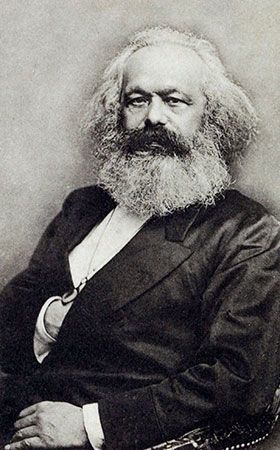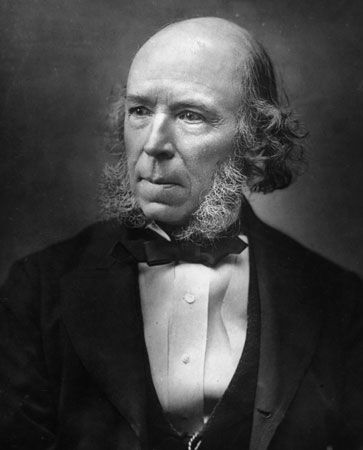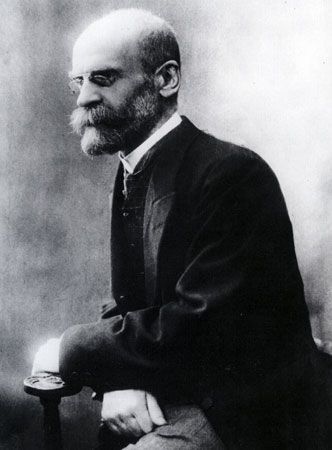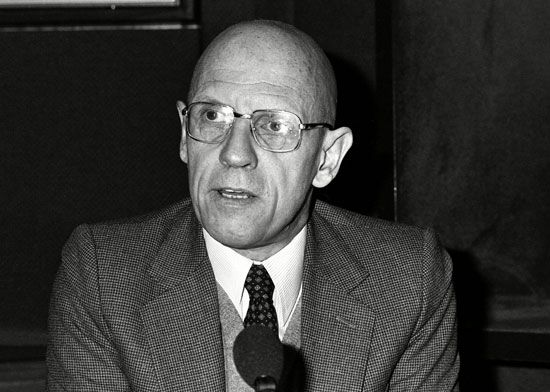Theories of class and power
Our editors will review what you’ve submitted and determine whether to revise the article.
- Palomar Collage - Social Structure
- WI Technical Colleges Open Press - Social Structure: The Building Blocks of Social Life
- University of Minnesota Libraries - Open Textbooks - Social Structure: The Building Blocks of Social Life
- California State University Northridge - American Sociological Association - Social Structure and Social Interaction
- The University of Chicago - Social Structures
- Social Sciences LibreTexts - Social Structure
- Related Topics:
- governance
- kinship
- environmentalism
- institutionalism
- marriage
Parsons’s work was criticized for several reasons, not least for the comparatively meagre attention he paid to inequalities of power, wealth, and other social rewards. Other social theorists, including functionalists such as the American sociologist Robert K. Merton, gave these “distributional” properties a more central place in their concepts of social structure. For Merton and others, social structure consists not only of normative patterns but also of the inequalities of power, status, and material privileges, which give the members of a society widely different opportunities and alternatives.
In complex societies, these inequalities define different strata, or classes, that form the stratification system, or class structure, of the society. Both aspects of the social structure, the normative and the distributive aspect, are strongly interconnected, as may be inferred from the observation that members of different classes often have different and even conflicting norms and values.
This leads to a consideration contrary to structural functionalism: certain norms in a society may be established not because of any general consensus about their moral value but because they are forced upon the population by those who have both the interest in doing so and the power to carry it out. To take one example, the “norms” of apartheid in South Africa reflected the interests and values of only one section of the population, which had the power to enforce them upon the majority. In theories of class and power, this argument has been generalized: norms, values, and ideas are explained as the result of the inequalities of power between groups with conflicting interests.
The most influential theory of this type has been Marxism, or historical materialism. The Marxian view is succinctly summarized in Marx’s phrase “The ideas of the ruling class are, in every age, the ruling ideas.” These ideas are regarded as reflections of class interests and are connected to the power structure, which is identified with the class structure. This Marxian model, which was claimed to be particularly valid for capitalist societies, has met with much criticism. One basic problem is its distinction between economic structure and spiritual superstructure, which are identified with social being and consciousness, respectively. This suggests that economic activities and relations are in themselves somehow independent of consciousness, as if they occur independently of human beings.
Nevertheless, the Marxian model became influential even among non-Marxist social scientists. The distinction between material structure and nonmaterial superstructure continues to be reflected in sociological textbooks as the distinction between social structure and culture. Social structure here refers to the ways people are interrelated or interdependent; culture refers to the ideas, knowledge, norms, customs, and capacities that they have learned and share as members of a society.

















